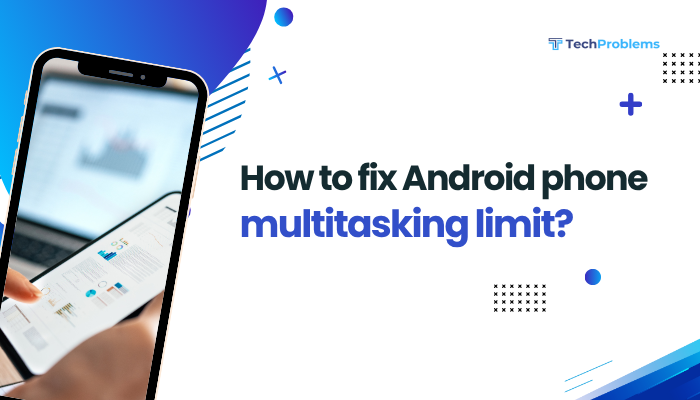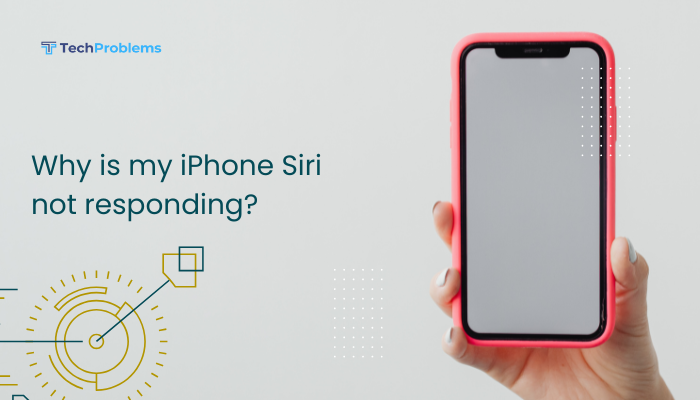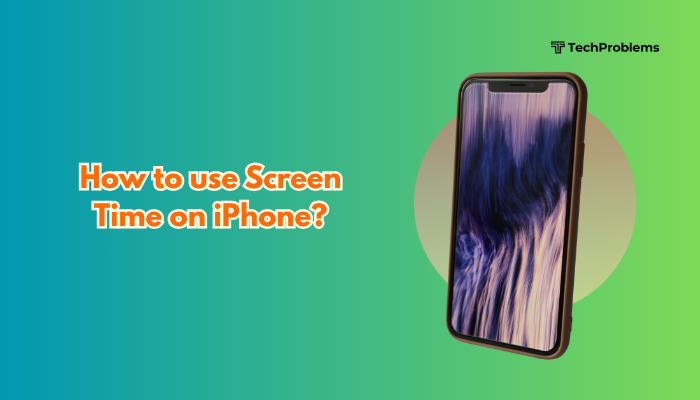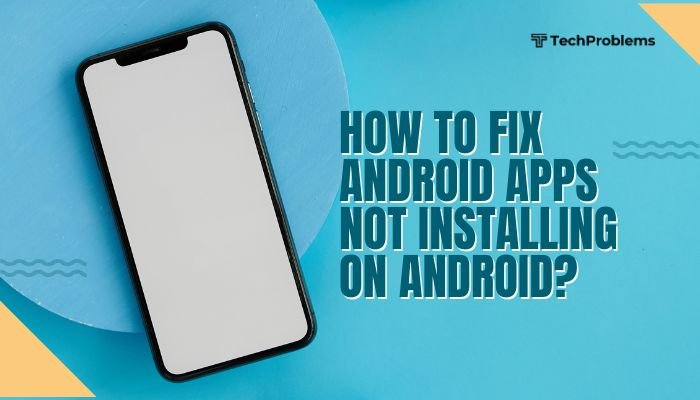The Google Play Store is essential for downloading and updating apps on Android devices. When it stops working—whether it’s not opening, stuck on “loading,” crashing, or failing to download apps—it can disrupt your phone’s functionality. The good news is that most Google Play Store issues can be fixed with a few simple steps.
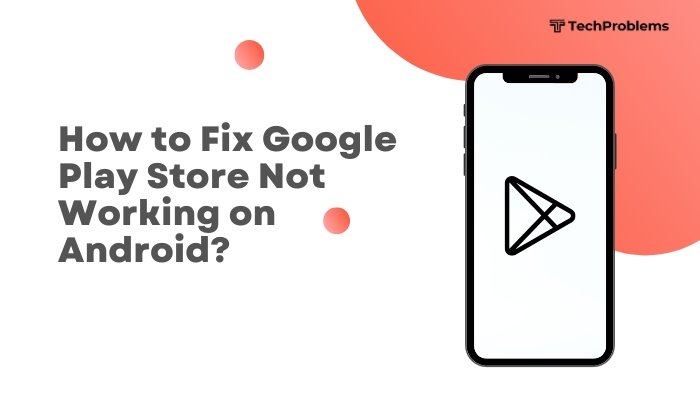
This guide provides practical, step-by-step solutions to help you fix a malfunctioning Google Play Store and get it running smoothly again.
Common Issues with Google Play Store
Before we get into the solutions, here are typical problems users report:
- Play Store not opening or stuck on loading screen
- Apps not downloading or updating
- Play Store keeps crashing
- Error messages like “Download pending,” “Can’t connect,” or “Server error”
- White screen or frozen interface
These issues usually stem from network problems, app data corruption, outdated versions, or Google account sync errors.
Step-by-Step Fixes for Google Play Store Issues
Check Your Internet Connection
Google Play Store requires a stable internet connection to function.
Steps:
- Switch between Wi-Fi and mobile data to see if the issue is connection-related.
- Restart your router or modem.
- Open a browser or another app to confirm internet access.
If the internet is unstable, Play Store won’t load or download apps properly.
Restart Your Phone
A simple restart can often clear temporary glitches affecting the Play Store.
Steps:
- Hold down the Power button.
- Tap Restart or Power off and on again.
This refreshes all background services and may restore Play Store functionality.
Clear Cache and Data for Google Play Store
Corrupted cache or stored data can prevent the Play Store from working.
Steps:
- Go to Settings > Apps > See all apps.
- Scroll to and tap Google Play Store.
- Tap Storage & cache.
- Tap Clear Cache, then Clear Storage/Data.
Don’t worry—this won’t delete your apps. It just resets the Play Store app.
Clear Cache and Data for Google Play Services
Google Play Services is a background service crucial to the Play Store’s operation.
Steps:
- Go to Settings > Apps > See all apps > Google Play Services.
- Tap Storage & cache.
- Tap Clear Cache and Clear Storage.
Restart the phone after clearing data for both apps.
Check and Sync Your Google Account
Account sync issues can block downloads and updates.
Steps:
- Go to Settings > Accounts > Google.
- Tap your account and make sure sync is enabled.
- Try removing and re-adding your Google account:
- Go to Accounts > Google > Remove Account.
- Reboot the phone and then add your account again.
Update or Downgrade the Google Play Store
Sometimes, an outdated or buggy version of the Play Store causes issues.
To Update:
- Open Play Store > Settings > About > Play Store Version.
- Tap to update if available.
To Downgrade (if the app is unresponsive):
- Go to Settings > Apps > Google Play Store.
- Tap the three-dot menu > Uninstall updates.
- Restart your device and check functionality.
The Play Store will automatically update again after a while.
Reset App Preferences
Resetting app preferences can fix disabled apps or incorrect default settings affecting the Play Store.
Steps:
- Go to Settings > Apps > See all apps.
- Tap the three-dot menu > Reset app preferences.
- Confirm the reset.
Check Date and Time Settings
Incorrect system time can interfere with Google’s servers and block access.
Steps:
- Go to Settings > System > Date & time.
- Enable Set time automatically and Set time zone automatically.
Reboot your phone afterward.
Disable VPN or Proxy
If you’re using a VPN or proxy, it may interfere with the Play Store’s connectivity.
Steps:
- Go to Settings > Network & Internet > VPN and disconnect.
- If using a third-party VPN app, disable or uninstall it.
Factory Reset (Last Resort)
If all else fails, a factory reset might resolve deep system issues—but this will erase all data.
Steps:
- Back up your data.
- Go to Settings > System > Reset options > Erase all data (factory reset).
- Confirm and follow the on-screen instructions.
Only use this option if every other solution fails.
Additional Tips
- Keep your Android OS up to date via Settings > System > Software update.
- Ensure you have enough internal storage (at least 500MB free) for app downloads.
- Avoid installing APKs or modifying Play Store files unless you know what you’re doing.
- Make sure Google Play Services, Play Store, and Download Manager are not disabled.
Pros and Cons of Fixing Google Play Store
| Fix | Pros | Cons |
| Clearing cache and data | Safe and often effective | May log you out of Google Play temporarily |
| Re-adding Google account | Resolves sync issues | Requires re-authentication |
| Updating or uninstalling updates | Refreshes app functionality | Requires internet and setup again |
| Factory reset | Fixes all underlying system issues | Erases all user data |
Conclusion
The Google Play Store is central to the Android experience, and when it stops working, it can feel like your entire phone is compromised. Thankfully, in most cases, the issue is related to cache, network settings, or account sync errors that can be easily resolved.
Start with basic steps like restarting your phone and clearing app data. If problems persist, dig deeper into account settings, network configurations, or system updates. Factory resetting your device should be your last resort when all else fails.

